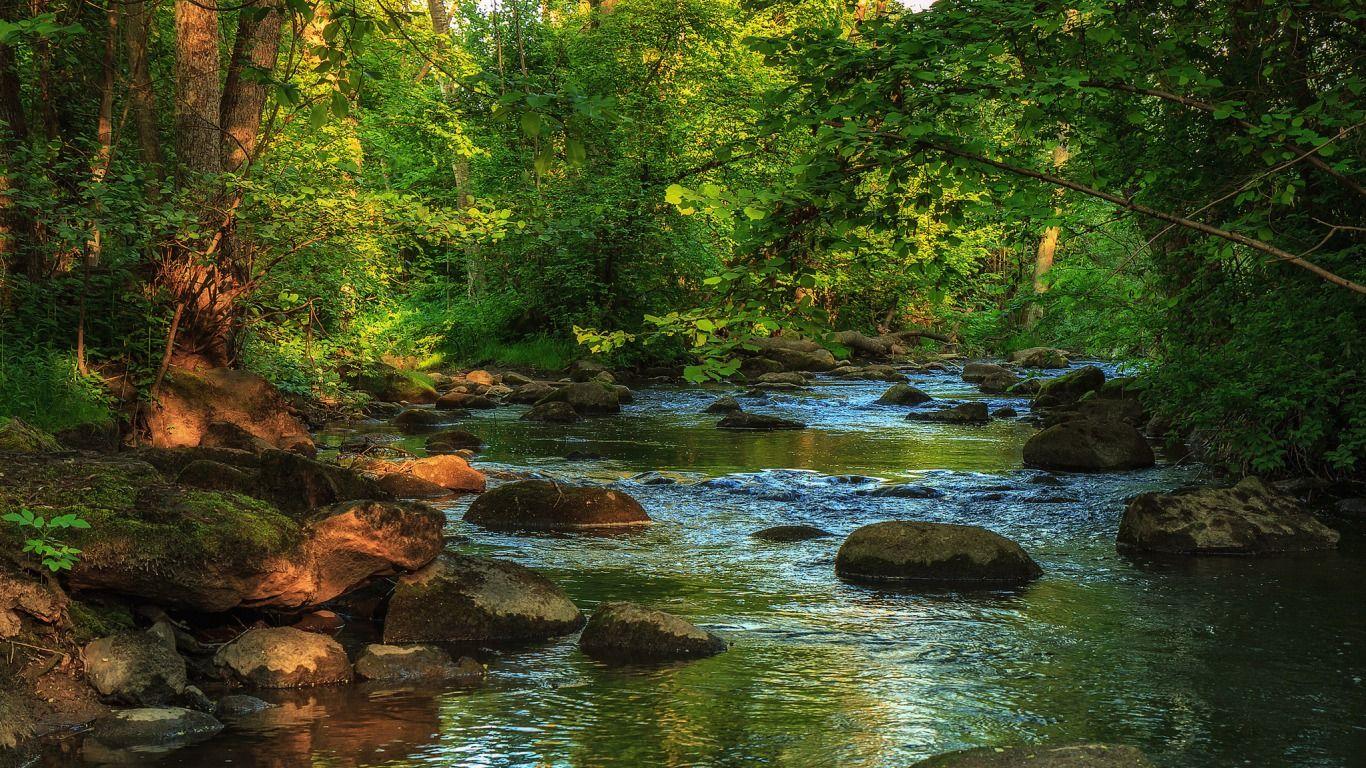
>
Ocmulgee Mounds: Navigating the Sacred Geography of the Muscogee (Creek) Nation
Forget the typical tourist brochure that simply lists historical landmarks. To truly travel, to truly understand a place, we must often look beyond the surface, beyond the markers, and into the very soul of the land. For anyone seeking to grasp the profound spiritual and historical geography of the Muscogee (Creek) Nation, a journey to Ocmulgee Mounds National Historical Park in Macon, Georgia, is not just a visit – it is an essential pilgrimage, a living map to an enduring culture.
While the concept of "Creek Nation sacred sites maps" might evoke images of ancient parchment or digital GIS overlays, the reality is far more intricate and deeply embedded in the landscape itself. These maps are not merely cartographic representations; they are woven into oral traditions, ceremonial practices, and the very ground underfoot. Ocmulgee Mounds, a place of immense power and antiquity, serves as a crucial gateway into this sacred understanding, allowing us to walk paths trod by ancestors for millennia and begin to comprehend the deep connection between the Muscogee people and their ancestral homelands.
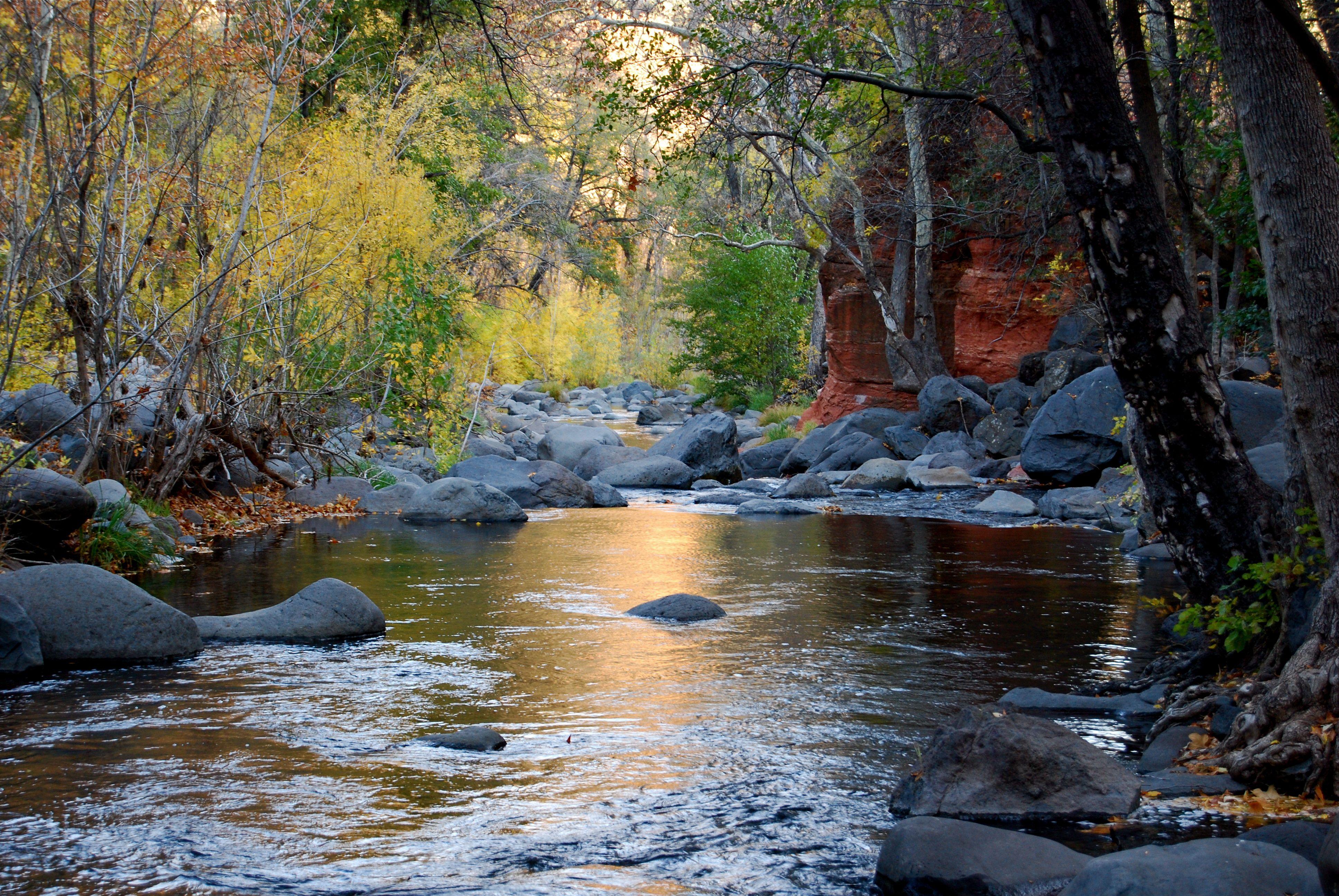
Ocmulgee: A Nexus of Time and Spirit
Ocmulgee Mounds National Historical Park is not just a site; it is the site for many Muscogee people, representing a continuous human presence stretching back over 17,000 years. It stands as a testament to the sophisticated societies that thrived in the Ocmulgee River valley, long before European contact. For the Muscogee (Creek) Nation, this place is not just a historical park; it is a repository of memory, a place where their origin stories resonate, and where the spirits of their ancestors continue to dwell.
The park encompasses a vast landscape of mounds, earthworks, and archaeological remains, each telling a piece of a grand narrative. As a traveler, your exploration begins at the Visitor Center, which, unlike many, does an exceptional job of setting the stage. The exhibits here are meticulously curated, presenting not just artifacts but also the Muscogee perspective on their history, cosmology, and the significance of Ocmulgee. This initial immersion is vital; it frames your subsequent walk through the grounds not as a passive observation of ruins, but as an active engagement with a living cultural landscape.
Walking the Ancient Paths: An Immersive Review
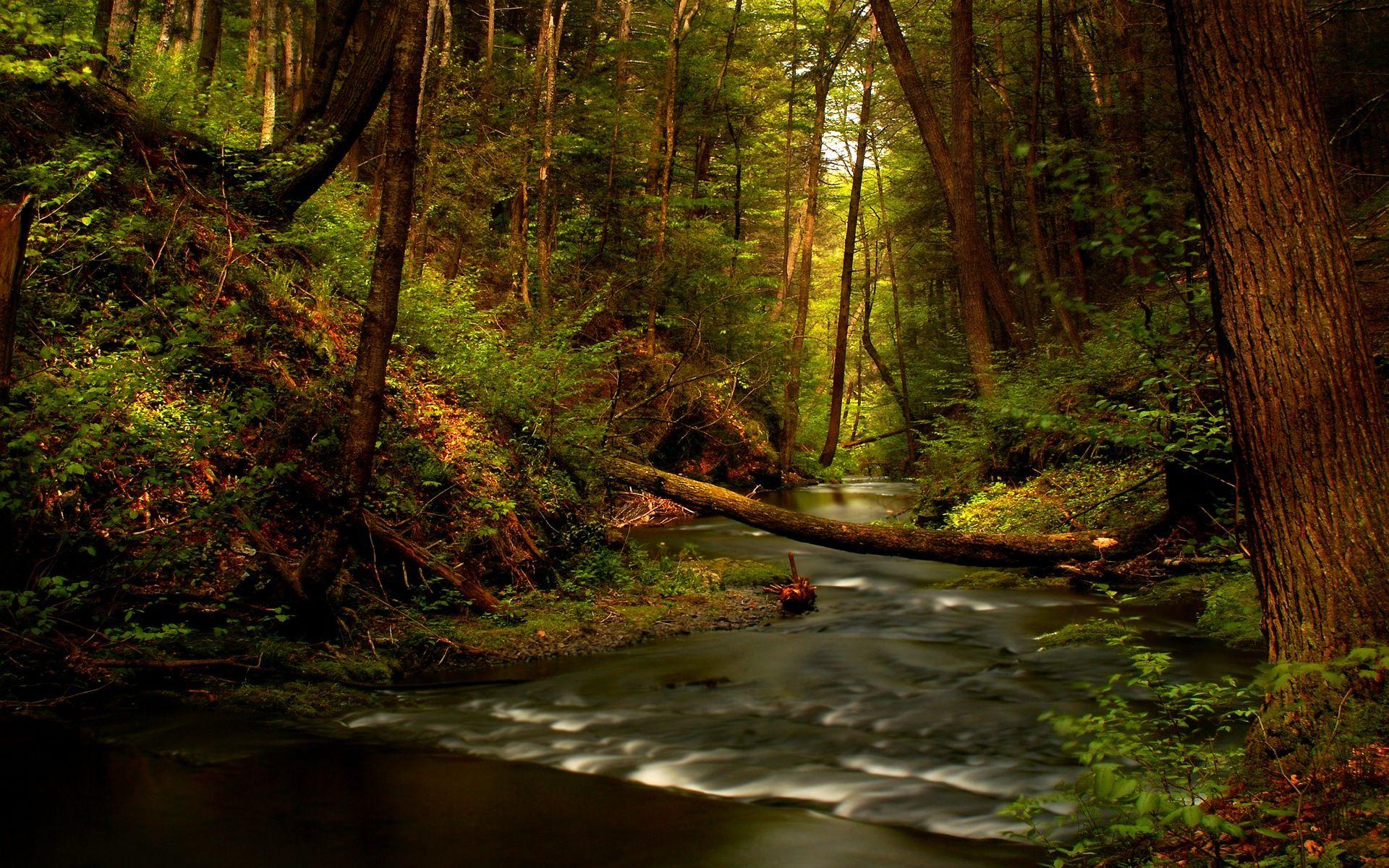
Stepping out from the Visitor Center, the sheer scale of Ocmulgee becomes immediately apparent. The park is vast, inviting hours of exploration on its well-maintained trails. The topography itself feels ancient, the air thick with a palpable sense of history and an enduring spiritual resonance.
Your journey will inevitably lead you to the Great Temple Mound, a colossal flat-topped pyramid that once supported a ceremonial structure. Standing atop it, the panorama of the Ocmulgee River valley unfolds, offering a breathtaking view that simultaneously grounds you in the present and connects you to the distant past. Imagine the ceremonies, the gatherings, the leaders who once stood here, gazing upon the same horizon. This isn’t just a pile of dirt; it’s a platform of power, purpose, and community.
Nearby, the Funeral Mound offers a different kind of solemnity, believed to be a burial site for elite individuals, representing the profound respect for ancestors that is central to Muscogee culture. The meticulous construction of these mounds, often involving thousands of laborers moving tons of earth, speaks volumes about the societal organization, shared belief systems, and monumental ambition of the people who built them.
Perhaps the most unique and evocative structure at Ocmulgee is the Earth Lodge. This partially reconstructed subterranean building, with its original 1,000-year-old floor, is a truly humbling experience. Descending into its cool, dark interior, you are enveloped by the past. The central fire pit and the 47 molded seats, arranged in a spiral pattern, evoke images of ancient communal gatherings, councils, and ceremonies. It’s a place where you can almost hear the echoes of voices, the wisdom shared, the stories told. The Earth Lodge is not just a structure; it’s a sacred chamber, a place of deep spiritual significance where the community connected with the earth and the cosmos.
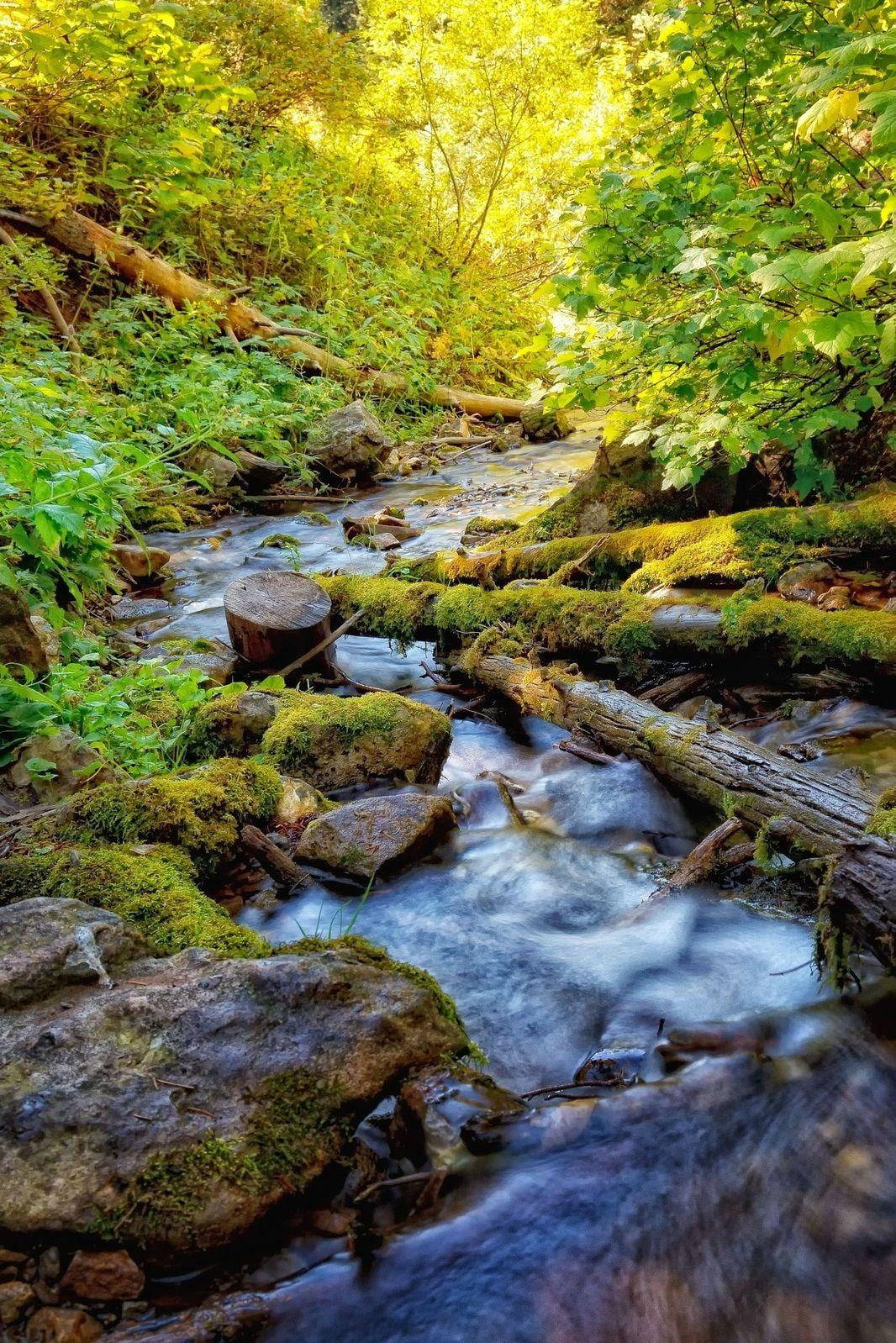
Beyond these major features, the park holds numerous other mounds and archaeological zones, including the Lamar Mounds and Village Site, a later Mississippian-era complex featuring two impressive mounds and a surrounding village area. The sheer density of these sites within Ocmulgee speaks to its long-term importance as a cultural and ceremonial center. The natural environment – the ancient forests, the wetlands, and the life-giving Ocmulgee River – are themselves integral to the sacred geography, providing resources and forming the backdrop to millennia of human activity.
Beyond Physical Maps: The Muscogee Understanding of Sacred Sites
While Ocmulgee provides a tangible, walkable map of Muscogee ancestral history, it’s crucial to understand that "Creek Nation sacred sites maps" encompass far more than just what’s publicly accessible. The Muscogee (Creek) Nation’s ancestral lands stretched across what is now Georgia, Alabama, Florida, and parts of Tennessee and South Carolina. This vast territory was crisscrossed by trails, rivers, and landmarks, each imbued with specific meaning, stories, and ceremonial significance.
Many of these sites – ancient towns, battlegrounds, burial sites, sacred springs, and natural features – are not marked on conventional tourist maps. Some are on private land, some are submerged, and others exist primarily in the collective memory, oral traditions, and spiritual understanding of the Muscogee people. The forced removal of the Muscogee people along the Trail of Tears in the 1830s severed many physical connections to these sites, but it could not erase the spiritual and cultural ties.
The maps the Muscogee carry are often internal, passed down through generations. They are maps of meaning, of belonging, of identity. Ocmulgee Mounds, therefore, serves as an invaluable public access point, allowing non-Muscogee individuals to begin to appreciate the richness and complexity of this sacred landscape. It is a place where the past is not merely preserved but actively honored, serving as a powerful reminder of the endurance and resilience of Muscogee culture.
Responsible Travel: Decolonizing Your Gaze
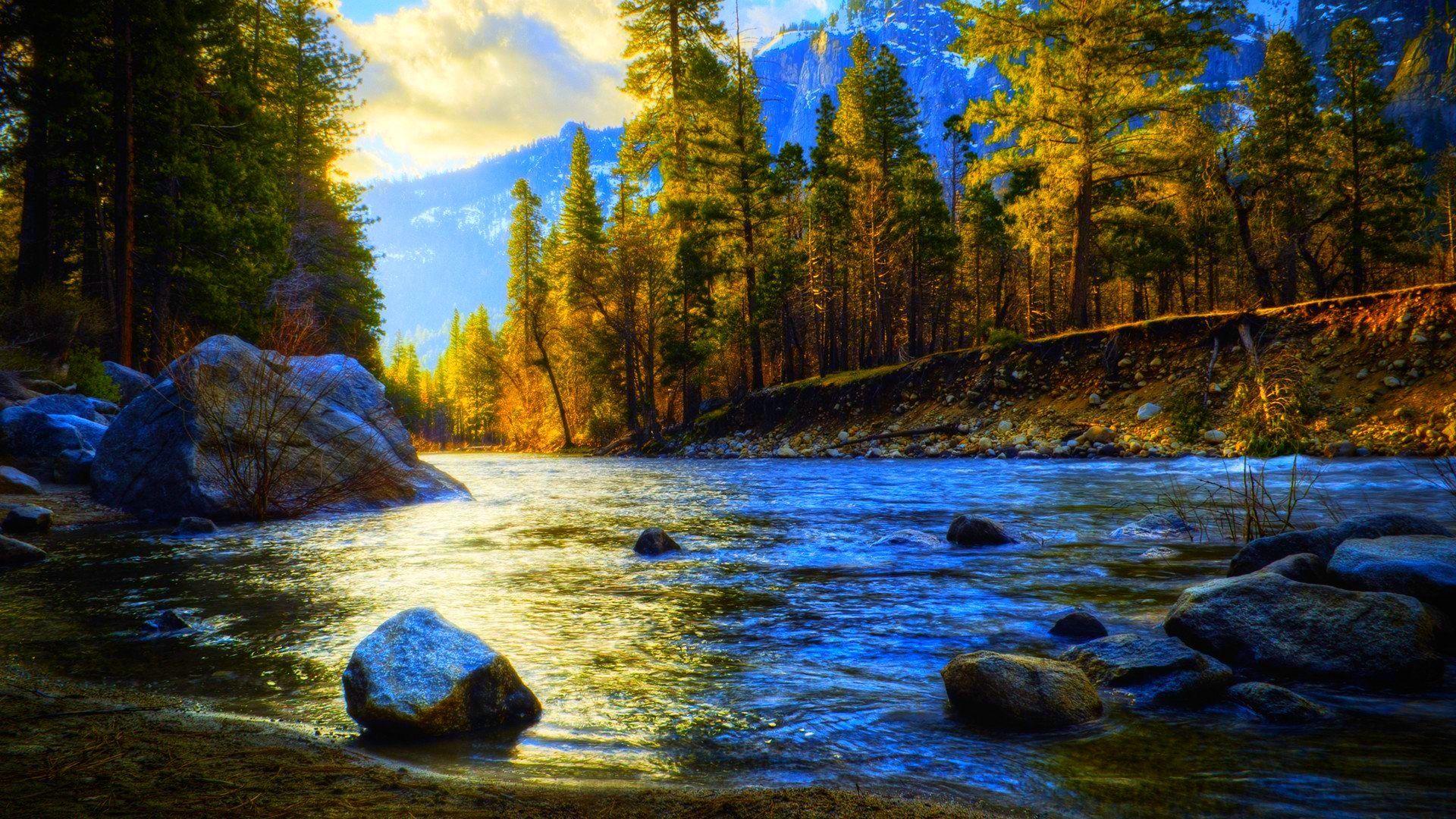
Visiting a place like Ocmulgee Mounds requires more than just curiosity; it demands respect, humility, and a willingness to learn. As travelers, we have a responsibility to approach these sacred sites with a decolonized gaze, acknowledging the indigenous perspective as primary.
- Listen to Indigenous Voices: Engage with the interpretive materials provided by the park, which are often developed in consultation with the Muscogee (Creek) Nation. Seek out resources directly from the Muscogee (Creek) Nation (based in Okmulgee, Oklahoma) to deepen your understanding.
- Respect the Sacred: Remember that these are not just historical curiosities; they are sacred spaces. Conduct yourself with reverence. Do not disturb artifacts, climb on mounds where prohibited, or disrespect the natural environment.
- Acknowledge the Ongoing Presence: The Muscogee (Creek) Nation is a vibrant, sovereign nation today. Recognize that their history is not just in the past but is a living, evolving culture. Learn about their contemporary efforts in cultural preservation, language revitalization, and self-governance.
- Support Ethical Tourism: Your visit to Ocmulgee supports the preservation of this vital site. Consider donating to organizations that work to protect indigenous heritage.
Practical Tips for Your Journey to Ocmulgee
- Allocate Time: Do not rush your visit. Plan for at least 3-4 hours to explore the main mounds and the Earth Lodge, plus time in the Visitor Center. If you want to hike the full trail system, allow for a full day.
- Best Time to Visit: Spring and fall offer the most comfortable weather for walking the extensive grounds. Summer can be hot and humid, while winter can be chilly.
- What to Bring: Comfortable walking shoes are essential. Bring water, sunscreen, and insect repellent, especially during warmer months. A good camera (with respect for others’ privacy) is also recommended.
- Check for Events: The park often hosts ranger-led tours, cultural demonstrations, and special events. Check their official website before your visit to enhance your experience.
- Extend Your Learning: While Ocmulgee is a cornerstone, consider how it fits into the larger map of Muscogee heritage. Research other significant sites like Etowah Mounds in Georgia (another major Mississippian site with strong Muscogee connections) or learn about the Muscogee (Creek) Nation’s cultural center and museum in Oklahoma.
The Enduring Map
To truly appreciate the "Creek Nation sacred sites maps" is to understand that they are not static documents but dynamic, living narratives inscribed upon the land and within the hearts of the Muscogee people. Ocmulgee Mounds National Historical Park offers an unparalleled opportunity to step onto this ancient map, to feel its pulse, and to begin to comprehend the profound spiritual and historical legacy it represents. It’s a journey that transcends mere sightseeing, inviting you to engage with a deeper truth, fostering respect for indigenous cultures, and leaving an indelible mark on your understanding of American history and the enduring spirit of its first peoples.
>
